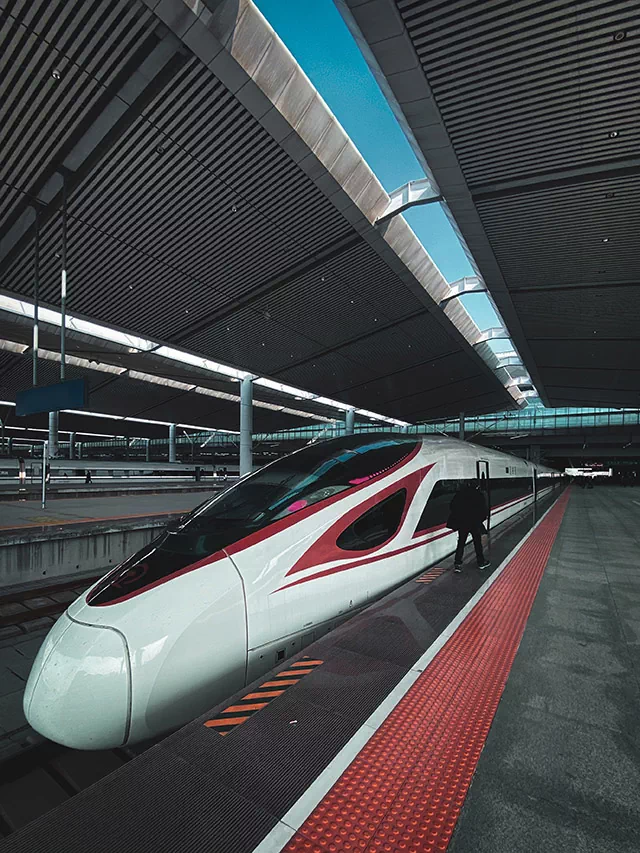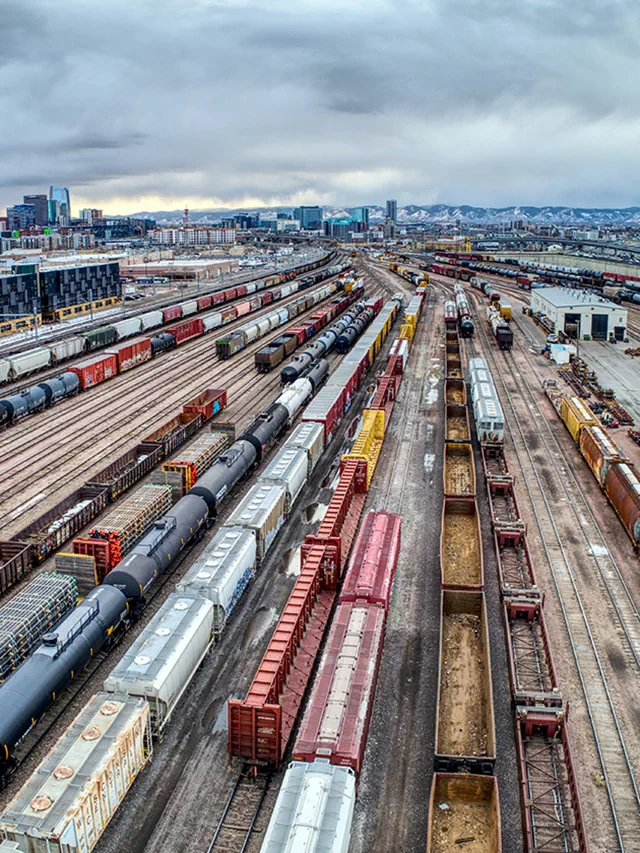The bullet train, also known as a high-speed train or shinkansen, is primarily found in Japan. It is operated by Japan Railways (JR) and travels at speeds of up to 320 km/h (200 mph). Other countries such as China, France, Germany, Italy, Spain, and Taiwan also have high-speed trains in service.
High-speed rail technology has been adopted by many other countries as well, such as China which has the largest high-speed rail network in the world, Europe, and North America, with many countries, such as France, Germany, Italy, Spain, and Taiwan have also have high-speed rail networks. These trains are popular for their speed, comfort and environmental-friendliness.
In addition to Japan, China has the most extensive high-speed rail network in the world, and the Chinese trains are known for their high speeds and long distances. The Chinese high-speed rail network began operation in 2007, and it now has more than 25,000 miles of track, connecting major cities across the country. The trains operate at speeds of up to 217 mph (350 km/h) and have greatly reduced travel time between cities.
In Europe, high-speed rail has been in operation since the 1980s, and countries such as France, Germany, Italy, Spain, and the United Kingdom have extensive networks. The French TGV trains are known for their speed and comfort, and they hold several world speed records for trains. The German ICE trains connect major cities in Germany and neighboring countries, and the Italian Frecciarossa trains are popular for their speed and luxury. Spain has the second-largest high-speed rail network in Europe, with trains that connect major cities in the country.
North America has limited high-speed rail service, but there are plans to expand it in the future. The Acela Express in the United States and the VIA Rail in Canada are the only high-speed rail services currently in operation.
In summary, high-speed rail, also known as bullet train is extensively used in many countries around the world, with Japan, China, Europe, and North America having the most extensive networks. These trains are known for their speed, comfort, safety, and environmental-friendliness and have become an important mode of transportation for many people.
Another country with a significant high-speed rail system is South Korea, where the KTX service began operations in 2004. The system connects major cities such as Seoul, Busan, and Gwangju, and the trains operate at speeds of up to 217 mph (350 km/h). The KTX service has greatly reduced travel time between cities and has become a popular mode of transportation for both business and leisure travelers.
In Taiwan, the high-speed rail service began operations in 2007, and it is operated by the Taiwan High Speed Rail Corporation. The system connects major cities such as Taipei, Kaohsiung, and Taichung, and the trains operate at speeds of up to 186 mph (300 km/h). The service has greatly reduced travel time between cities and has become a popular mode of transportation for both locals and tourists.
Other countries such as Russia, Turkey, and Saudi Arabia are also developing high-speed rail systems. Russia has started service on Moscow-St.Petersburg high-speed rail line and is planning to expand the network in the future. Turkey has started building a high-speed rail system, which will connect Ankara and Istanbul and other cities. Saudi Arabia is also planning to build a high-speed rail system to connect major cities in the country.
In summary, high-speed rail or bullet train is widely used in many countries around the world, including Japan, China, Europe, North America, South Korea, Taiwan, and other countries such as Russia, Turkey, and Saudi Arabia are also developing high-speed rail systems. These trains are known for their speed, comfort, safety, and environmental-friendliness, and have become an important mode of transportation for many people, reducing travel time between cities and connecting people and businesses.



